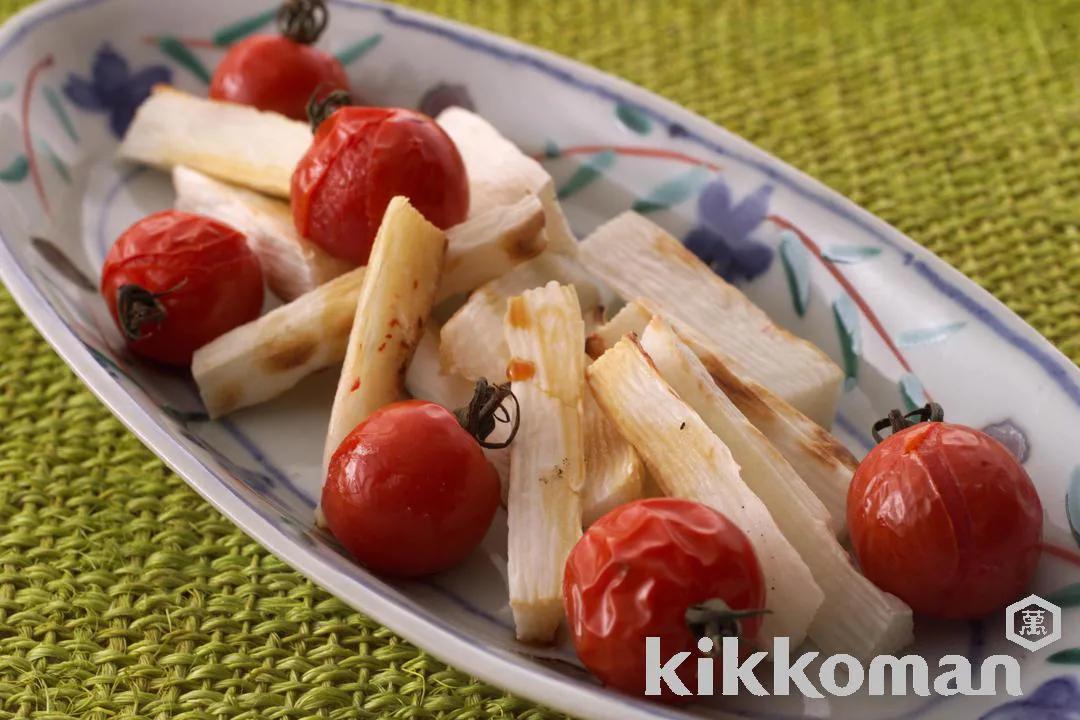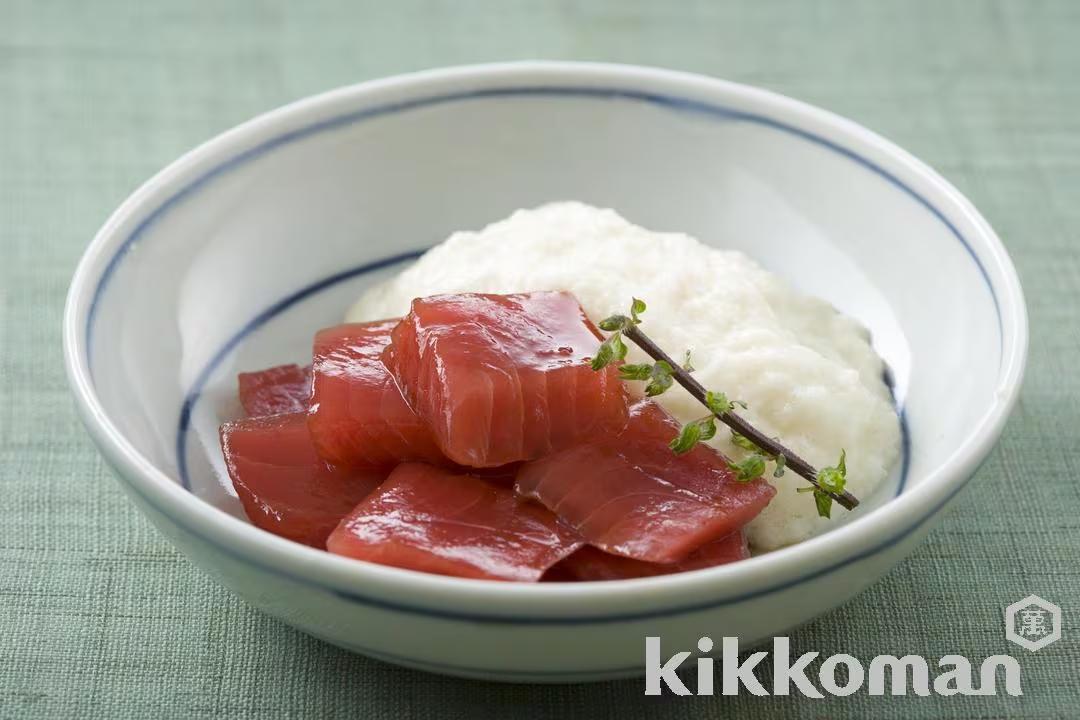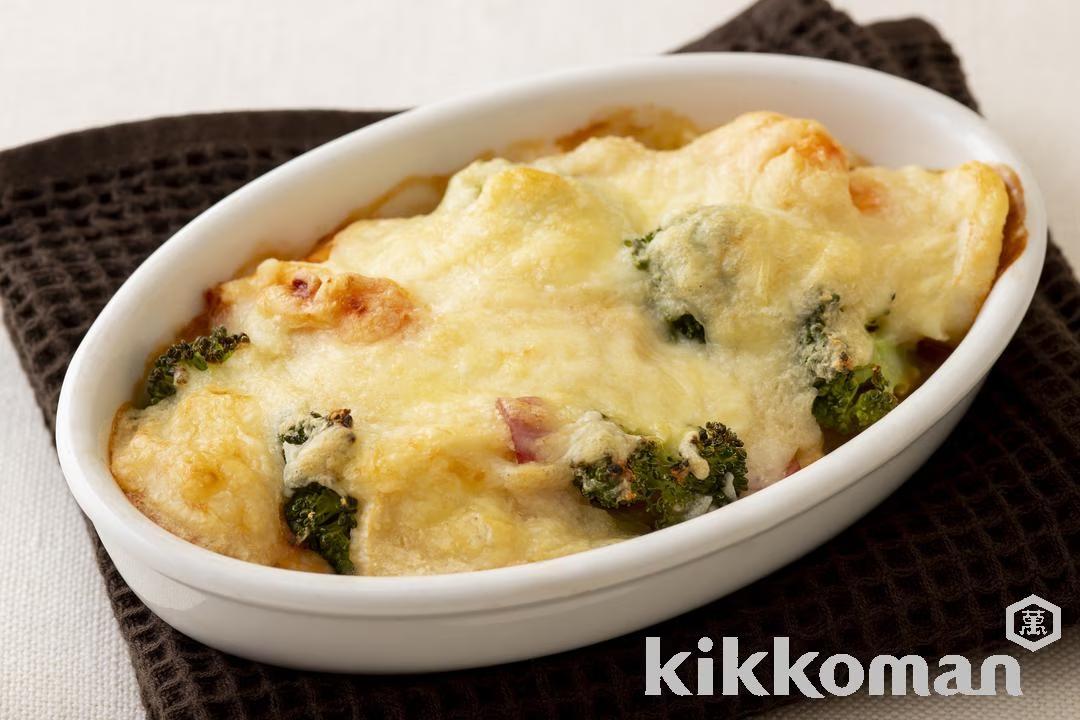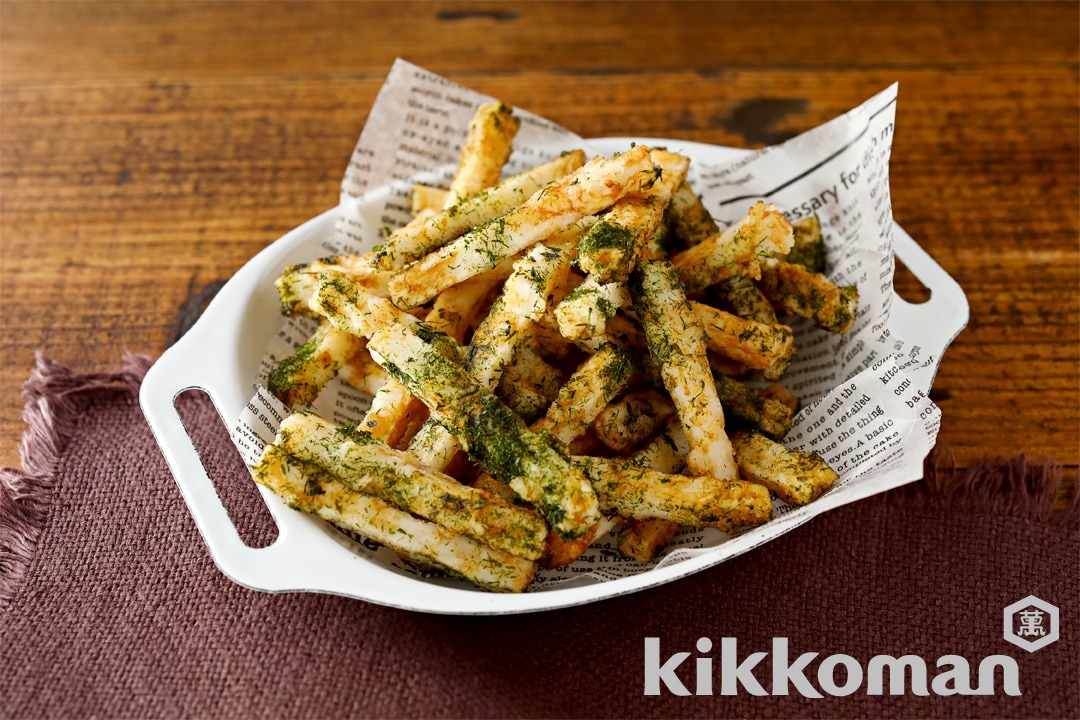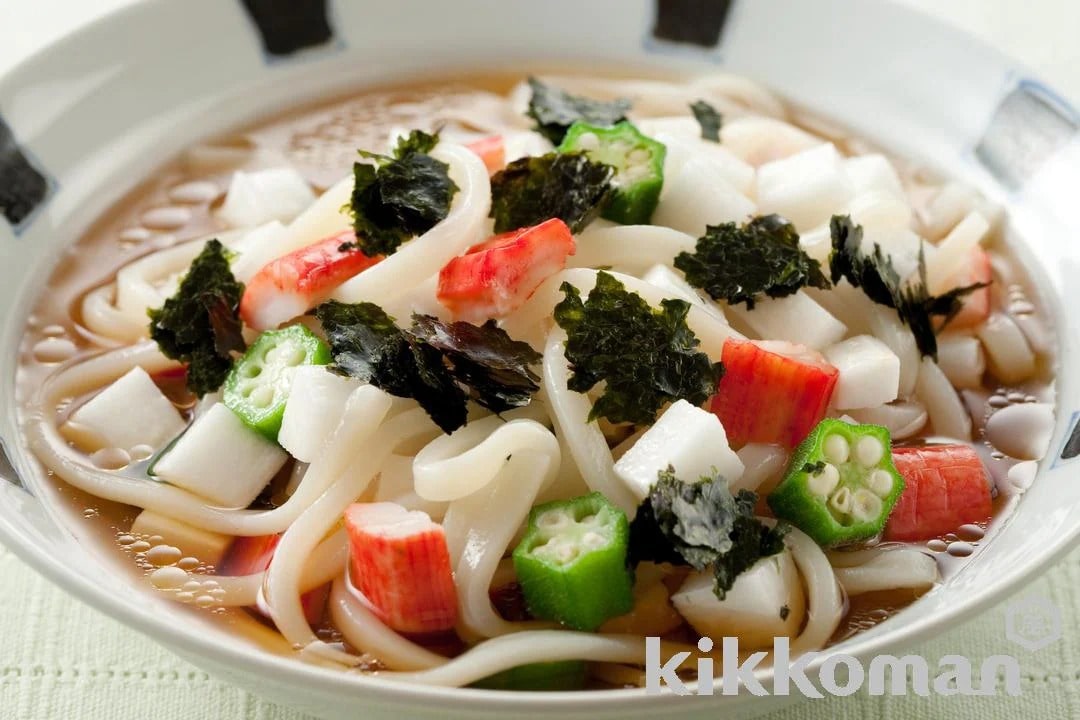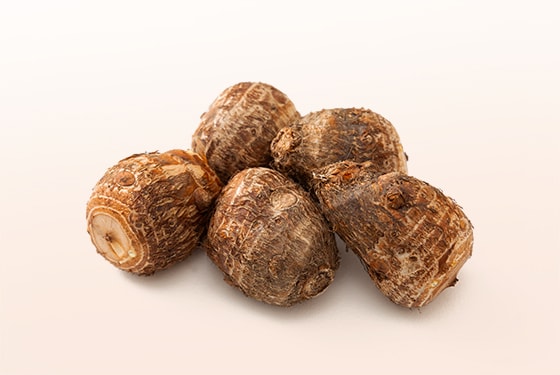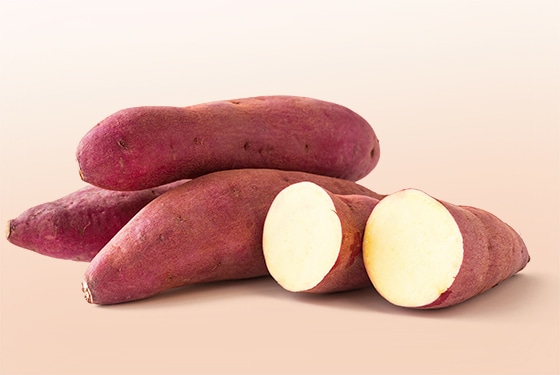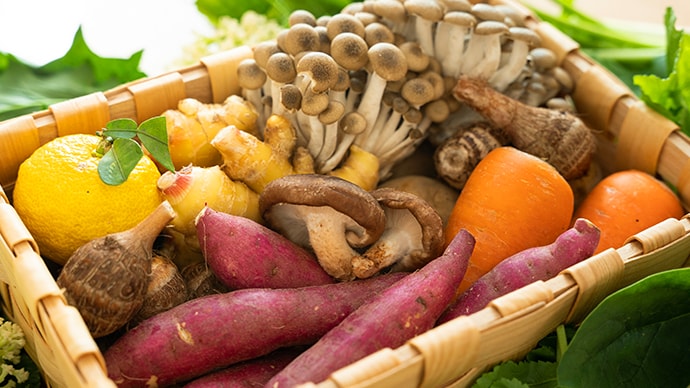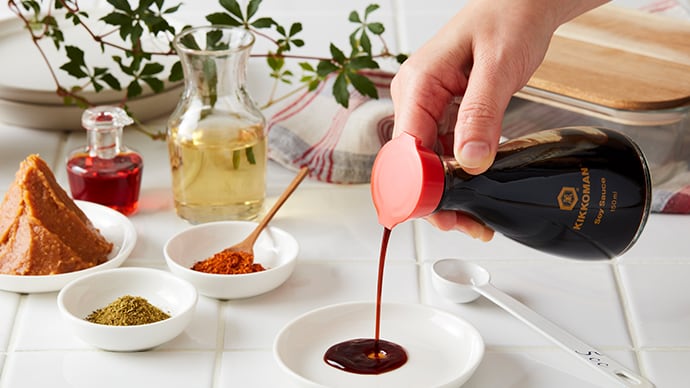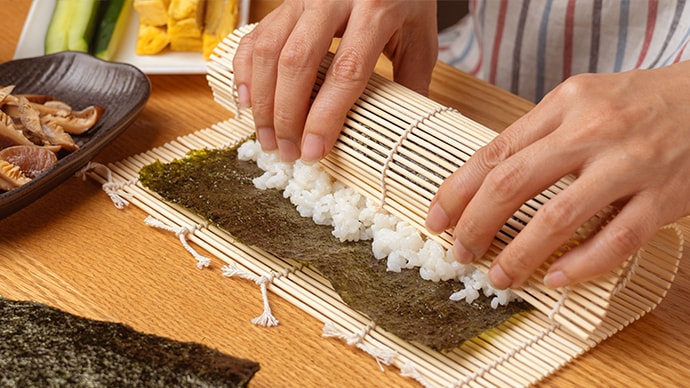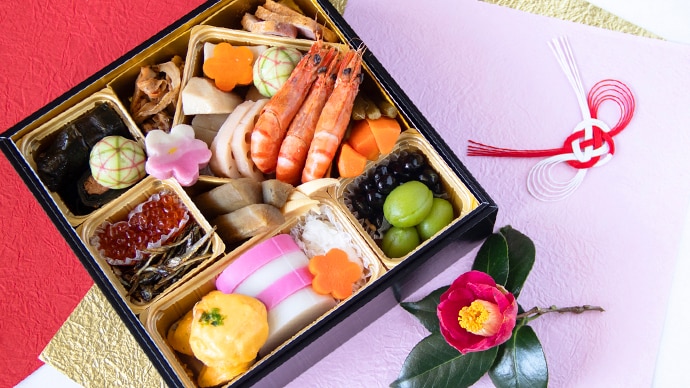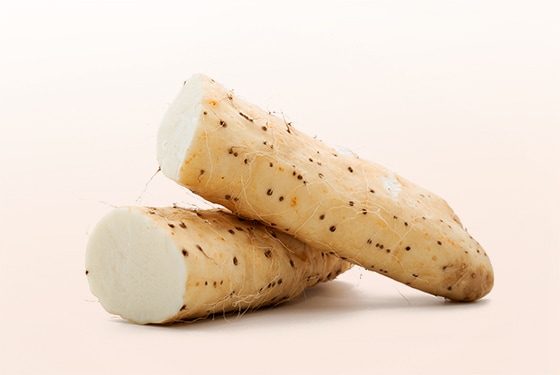
Highly-nutritious yams that are very sticky when grated
What is yamaimo?
Yamaimo (山芋 in Japanese) is very sticky yams that can be eaten raw. There are a number of different varieties like the "nagaimo" which has a higher water content, or the "yamatoimo" which is extremely sticky. Grate the yam to make "tororo" which can be put on rice, or used in dressings for sashimi or vegetables. Yams offer different textures: crispy when cut raw, and soft and creamy when cooked. The inside of the yam oxidizes quickly and turns brown after peeling the skin, but you can dip it in vinegar water to prevent this.
Nutrition facts
Yamaimo are rich in carbohydrates, potassium, and vitamin B1, and are useful for aiding in the metabolism of sugar, regulating blood pressure, and excreting excess salt. The slimy component of yamaimo is a type of dietary fiber called galactan, which is said to lower blood pressure and help remove cholesterol from the blood. In Japan, yamaimo has long been said to have a nutritious and invigorating effect, and one of the reasons for this is thought to be that it contains diosgenin, a precursor to the sex hormone.
Although yamaimo is a type of potato, it can be eaten raw. This is because it is rich in amylase, a digestive enzyme. Amylase stops working when heated above 75 degrees, so eating yamaimo raw preserves the components that aid digestion.
Storage to prevent food loss
Can be stored in a cool, dark place wrapped in newspaper when not yet sliced. If already sliced, wrap the cut end in plastic wrap and store in the refrigerator.
Trivia
Yamaimo are a traditional vegetable eaten in Japan since before the Jomon period (~12,000-500 BCE), its history is longer than the one of rice in Japan. The yamatoimo variety is also called a ginkgo yam as it looks like the leaf from a ginkgo tree.
Caution
When grating yamaimo into tororo, your hands may start to get itchy. This can be prevented by soaking the yam in vinegar water for about 10 minutes or soaking your hands in vinegar water before grating.
Related Recipes
20min
275kcal
748mg


